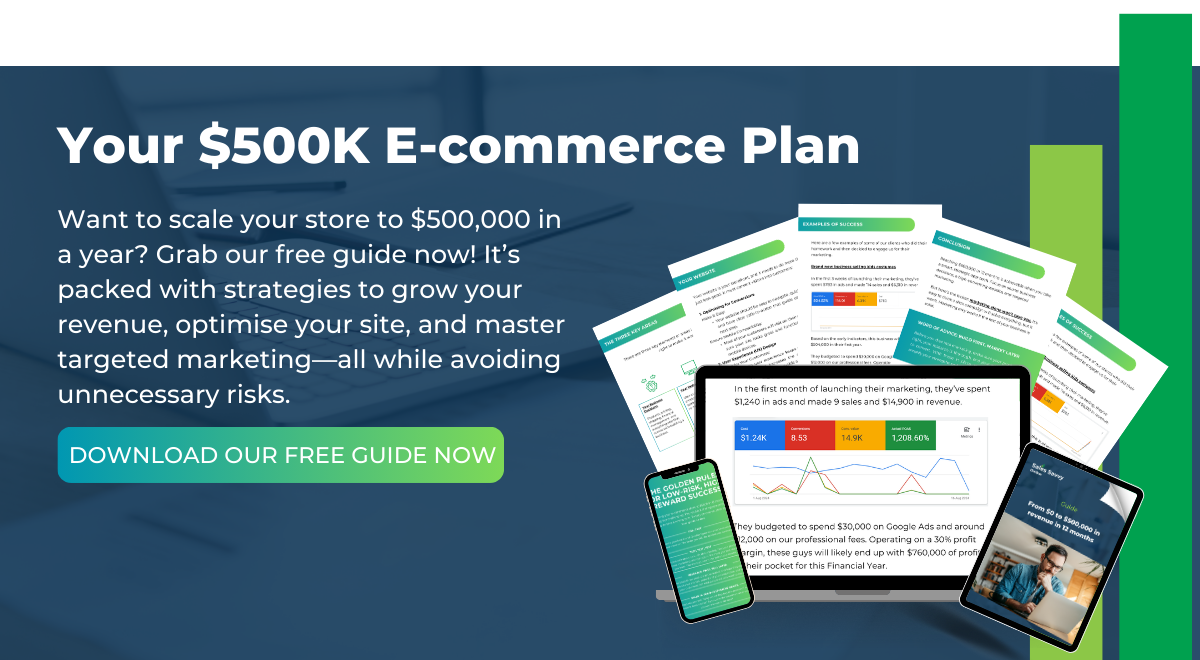Running an e-commerce business on a tight budget? You’re not alone. With increasing advertising costs and fierce competition, it can feel impossible to market effectively without breaking the bank. But with the right DIY marketing for e-commerce strategies—like leveraging social media, implementing email marketing, and driving organic traffic through SEO— and the right tools, you can grow your brand without hefty expenses.
This guide walks you through cost-effective ways to maximise your marketing impact while keeping your budget intact. DIY marketing for e-commerce allows small businesses to compete with larger brands by using smart, resourceful tactics. Whether you’re using organic social media, email campaigns, or content marketing, DIY marketing for e-commerce is a game-changer in today’s competitive digital landscape. By integrating DIY marketing for e-commerce into your strategy, you can build a sustainable growth model without heavy investment.
Understand the Unique Challenges of Budget-Conscious E-commerce Businesses
E-commerce businesses often face budget constraints that limit paid advertising, making organic marketing efforts even more crucial. Every interaction with potential customers counts, whether through email, social media, or SEO-driven content. To succeed, you must make strategic decisions that optimise visibility and conversions without unnecessary costs. DIY marketing for e-commerce ensures that even small brands can create a lasting impact through creative, low-cost solutions.
Identify Common Budget Constraints in E-commerce
- Limited funds for paid ads mean a greater reliance on organic marketing.
- Hiring professionals for content creation, photography, and design may not be feasible.
- Small teams or solo entrepreneurs must juggle multiple marketing tasks.
The Power of Resourcefulness in Low-Budget Marketing
By thinking creatively, you can compensate for financial limitations. Whether it’s using free design tools like Canva, optimising product descriptions for SEO, or leveraging user-generated content, small businesses can build strong marketing foundations without heavy investment. DIY marketing for e-commerce is about making smart, informed choices that drive real results.
Leverage Social Media for Cost-Effective Marketing
Social media offers one of the most affordable ways to build brand awareness and engage with potential customers. With a strategic approach and a sound strategy, you can make a strong impact without spending a fortune.
Choose the Right Platforms for Your Audience
Different platforms cater to different audiences. For example:
- Instagram & Pinterest: Ideal for visually-driven e-commerce niches like fashion, home decor, and beauty.
- TikTok: Great for showcasing products through short-form video content and trends.
- Facebook: Useful for community building and running low-cost targeted ads.
- LinkedIn: A solid choice for B2B e-commerce businesses looking to connect with professionals.
Create Engaging Content That Resonates
- Use high-quality product images—even smartphone photos edited with free tools can work well.
- Share behind-the-scenes content, customer testimonials, and user-generated photos.
- Post reels, stories, or TikToks to increase organic reach.
Leverage Micro-Influencers for Affordable Reach
Instead of paying for expensive influencer partnerships, collaborate with micro-influencers (1,000-50,000 followers) who have engaged niche audiences. Offering free products in exchange for reviews can provide valuable exposure at a low cost.
Implement Email Marketing Strategies on a Tight Budget
Email marketing remains one of the highest ROI channels for e-commerce. Here’s how to do it affordably.
Build an Organic Email List
- Add signup forms to your website, offering an incentive like a discount code.
- Promote your newsletter on social media.
- Run giveaways requiring an email address for entry.
Craft Newsletters That Convert
- Personalise subject lines and content.
- Use storytelling to engage readers rather than just pushing sales.
- Include high-quality product images and clear CTAs.
Automate for Efficiency
- Use free or low-cost email automation tools like YotPo or Klaviyo to:
- Send abandoned cart reminders.
- Create a welcome email sequence.
- Automate follow-up emails for repeat purchases.
Generate Organic Traffic Through SEO and Content Marketing
SEO is a long-term strategy that drives consistent traffic without ad spend. Content marketing helps build authority and trust in your niche.
Conduct Keyword Research
Use free tools like Google Keyword Planner or Ubersuggest to find relevant search terms. Target long-tail keywords (e.g., “best cruelty-free skincare under $50” instead of just “skincare”).
Optimise Website Content
- Write detailed product descriptions with natural keyword usage.
- Ensure your website is mobile-friendly and fast-loading.
- Use alt text on images to improve search visibility.
Create Valuable Blog Content
- A well-maintained blog can:
- Educate customers about your products.
- Improve search rankings with keyword-rich content.
- Establish your brand as an authority.
Engage With Online Communities and Strategic Partnerships
Networking—both online and offline—can significantly boost brand awareness.
Join Relevant Online Communities
- Engage in Facebook Groups or Reddit forums related to your industry.
- Offer helpful advice rather than outright promotion.
- Establish credibility before promoting your products.
Partner With Complementary Brands
- Find businesses that complement (but don’t compete with) yours and run joint promotions. For example:
- A sustainable clothing brand partnering with an eco-friendly jewellery brand for a giveaway.
- A skincare brand collaborating with a beauty blogger for an exclusive discount.
Utilise DIY Public Relations for Increased Brand Awareness
Public relations (PR) isn’t just for big brands. You can use DIY PR strategies to get free exposure.
Craft a Compelling Brand Story
- Journalists and bloggers love a good story. Highlight what makes your brand unique:
- The problem your product solves.
- Your inspiration for starting the business.
- A personal or emotional angle that resonates with customers.
Reach Out to Local Media
- Contact relevant bloggers, magazines, and newspapers with a short pitch.
- Offer free samples for review.
- Position yourself as an expert in your niche.
- Leverage Free PR Platforms
Conclusion
DIY marketing for e-commerce is an essential strategy for growing your brand without a large budget. By leveraging organic strategies like social media, SEO, and email marketing, you can attract and convert customers without hefty ad spend and relatively cost effective marekting.
With creativity, resourcefulness, and consistency, DIY marketing for e-commerce helps establish a strong online presence, build customer loyalty, and achieve long-term success—all while keeping costs low.

